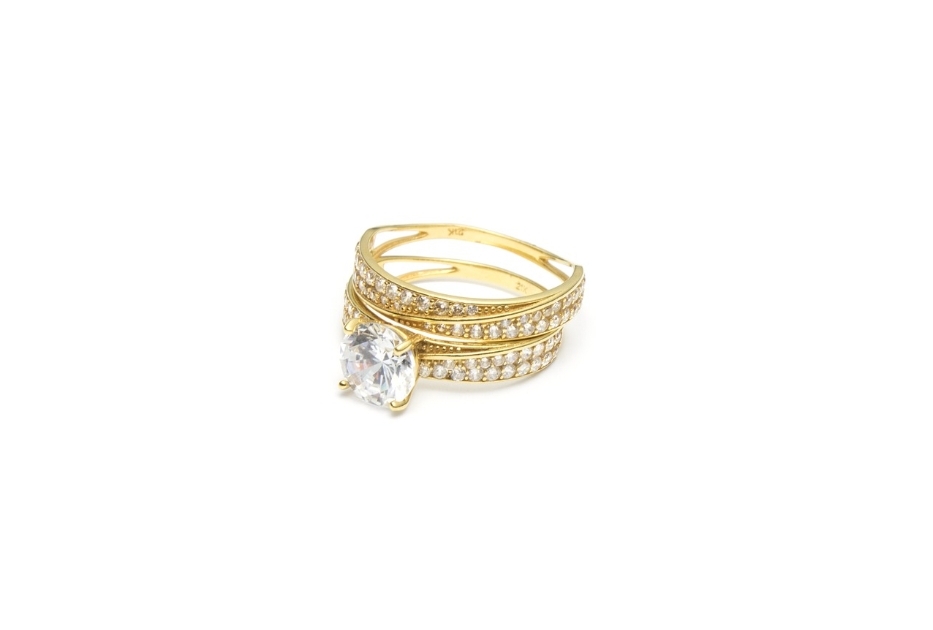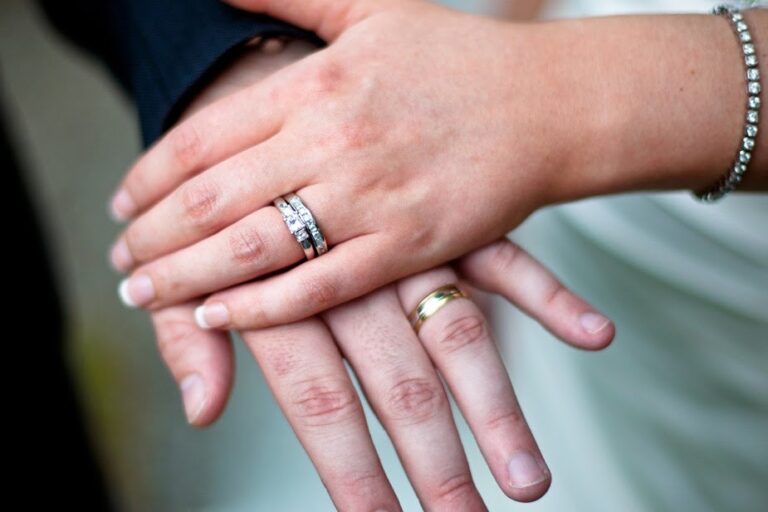Key Differences Between Yellow Gold and White Gold Jewelry
Gold jewelry has been admired for centuries, symbolizing luxury, wealth, and timeless beauty. However, when choosing between traditional yellow gold and white gold, many people find themselves in a dilemma. Both have their unique features, but understanding their differences can help you make an informed decision.
What is Yellow Gold?
Yellow gold is among the metals characterized by its color, which reflects a naturally warm yellow color. The pure form of gold exists in 24 karats, whereas this is somewhat soft for things to be implemented on daily use. This combination of other metals, like copper, silver, or sometimes zinc, is found due to its strength, which produces an alloy. The work of alloying keeps the metal even stronger, despite the color modification a little with aspects of the mixing process.
Traditional yellow gold remains a favorite choice because of its classic appeal. It is a staple addition to any fine jewelry collection.
What is White Gold?
White gold is not anything from nature; it’s an alloy. Gold mixed with ‘white’ metals, such as nickel, palladium, and at times silver, through alloying, produces this metal version of gold after the treatment of a thin rhodium skin coating develops to give gold an extra-sparkly brilliant appearance for great sparkle. It also provides further protection on this surface than would otherwise be without rhodium by its scratch barrier ability.
The result is sleek and modern-looking, which has gained popularity with those who prefer cooler-toned jewelry.
Appearance: Warm Yellow vs. Cool White
The first and most obvious difference between the two is the color of yellow gold versus white gold. Yellow gold ore retains much of its traditional warmth, whereas white gold, like silver, is much cooler-looking.
Both of these are, to a great degree, a matter of personal style. If you love vintage or classic looks, yellow gold may be perfect. If you’re looking for something that works well with most contemporary designs and those with cooler skin tones, white gold is the best direction.
Durability and Maintenance
White gold is excellent in terms of durability. Its rhodium coating is much stronger against scratches and tarnishing than yellow gold. However, this coating wears off over time and requires periodic re-plating to restore its shine.
Yellow gold requires less care: the color does not bleach, but due to its softer composition, scratches may be more noticeable.
Affordability: Which Option Fits Your Budget?
The prices of gold and white gold jewelry vary in purity and craftsmanship. White gold can sometimes be a bit more expensive due to the rhodium coating and white metals mixed within it.
If you’re looking for high-end pieces like gold lock necklaces from RACHELMENT, yellow gold offers timeless value, while white gold provides a modern edge.
Hypoallergenic Properties
White gold is not always the best choice if you have metal sensitivities. Its alloy contains nickel, which can cause allergic reactions. Yellow gold is softer on the skin in higher purities, such as 18k.
In this respect, hypoallergenic white gold with palladium instead of nickel is used to avoid irritation. In such cases, one must always ask one’s jeweler whether the jewelry suits the skin.
Summary
Choosing either gold or white gold depends on personal preference, lifestyle, and budget. Yellow gold exhibits evergreen elegance, and white gold presents an ultra-modern aesthetic. The positive side of each help you make the best choice for your jewelry collection. Both are equally brilliant investments, whether for a classic or modern look.







